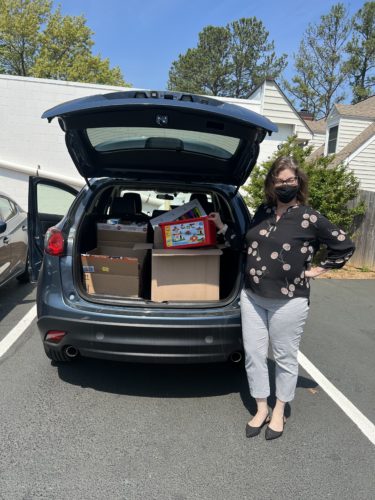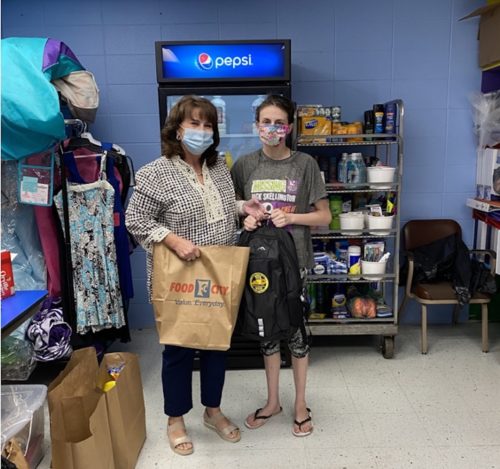All of our sponsors are incredibly important to us and the children they support, and we are delighted every time we receive a letter from one of our volunteer coordinators about how a sponsor went above and beyond to make a difference for children in need.
Today, we hear from Rachel at Broad Rock Elementary School in Virginia, who wrote to one of our sponsors, Sharon, after she donated toys and educational games to the school.
Today, we hear from Rachel at Broad Rock Elementary School in Virginia, who wrote to one of our sponsors, Sharon, after she donated toys and educational games to the school.
Rachel’s Letter
“Thank you for all of the wonderful donations to our school! I was surprised and so happy to hear from the Director of U.S. Programs at Children Incorporated, Renée, when she contacted me about receiving your thoughtful gifts. Renée even offered to deliver the donations herself, since the Children Incorporated office is located near our school.”
“When Renée arrived, we loaded two small handcarts with the boxes of donations and wheeled them in — and literally as soon as we crossed the threshold, a teacher spied us. She admired the items, and when I explained what they were, she asked excitedly for the three little rubber ducks to use for a special lesson she was planning, and I gave them to her on the spot.”
Putting a smile on Sherry’s face

Renée is pictured with a car full of donations for Broad Rock Elementary School students.
“It was such an incredible surprise to open up each box of items. I selected a few things that we knew your sponsored child, Sherry*, would love, and I surprised her with them the same day. She was over the moon about the Peppa Pig figurines especially. I then let her choose some toys to take home as well. She chose the tea set, puzzles, and a sleeping bag that she’s really excited to use soon when family members visit.”
“After Sherry returned to class, I was able to distribute the rest of the toys to other classrooms. The musical instrument pad went to our music teacher, and the solar robot went to our STEM teacher. A few other items, such as the hand puppets, Legos, and a few board games, I held onto to use for students during individual time or small-groups in our resource center.”
A small act of kindness going a long way
“The rest of the items will be shared with other students in the Children Incorporated program, and what’s left will be made available to parents during parent pick-up at dismissal. Thank you again for your kindness. These items really brighten the lives of children who otherwise don’t have a lot. We appreciate you!
Sincerely,
Rachel”
*Name changed to protect the child.
***
How do I sponsor a child in Virginia?
You can sponsor a child in Virginia in one of three ways: call our office at 1-800-538-5381 and speak with one of our staff members; email us at sponsorship@children-inc.org; or go online to our sponsorship portal, create an account, and search for a child in Virginia that is available for sponsorship.

